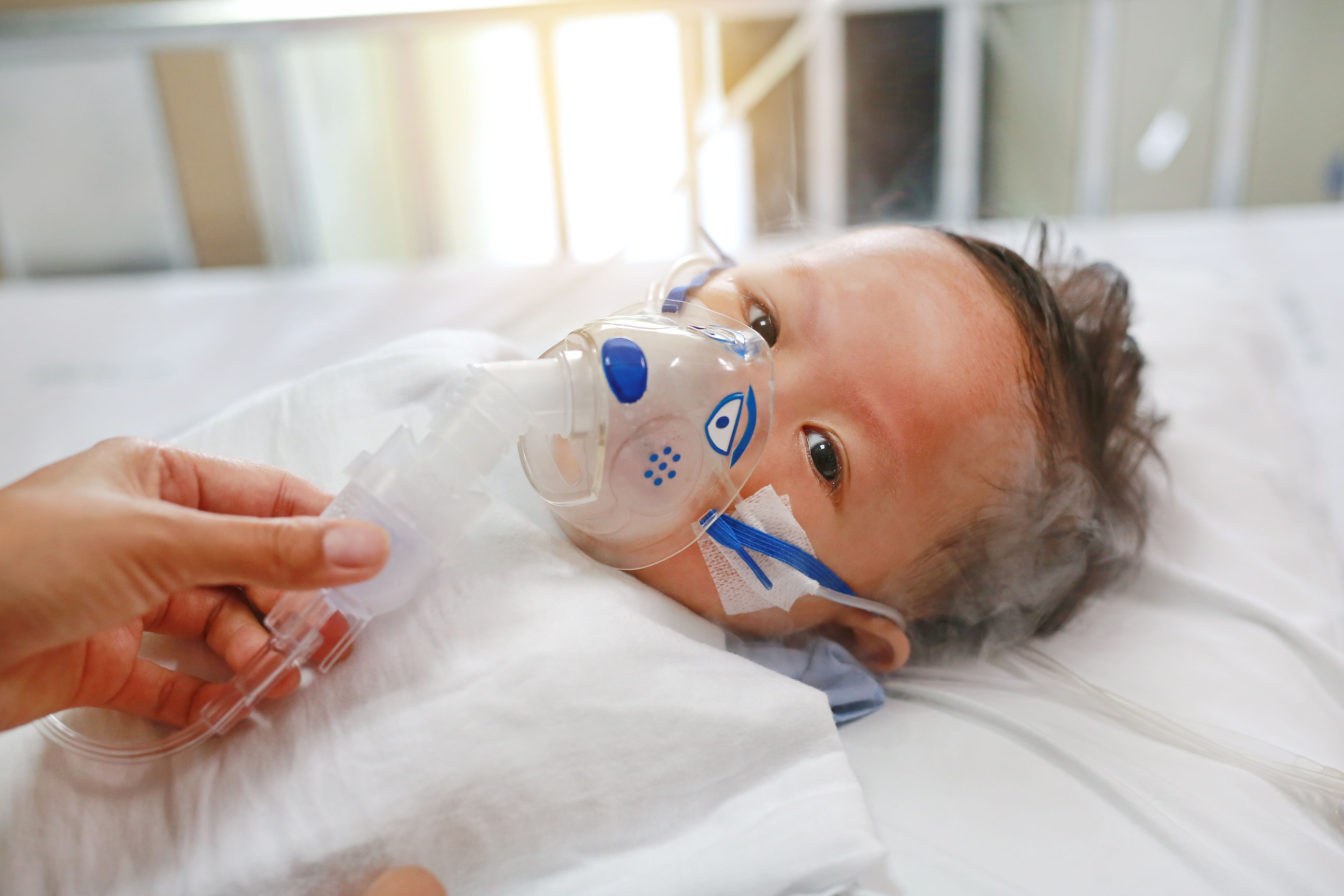News
Article
Study: Healthy, Born-at-Term Infants With Respiratory Syncytial Virus Lower Respiratory Tract Infections Need Intensive Care
Author(s):
The findings of the study demonstrate the need for preventive interventions for all infants in order to reduce the burden of severe illness from respiratory syncytial virus lower respiratory tract infections.
Most infants in the United States who needed intensive care for respiratory syncytial virus (RSV) lower respiratory tract infections (LRTIs) were young, healthy, and born at term, according to the results of a study published in JAMA Network Open.1
zilvergolf - stock.adobe.com

The findings demonstrate the need for preventive interventions for all infants in order to reduce the burden of severe illness from RSV, according to the study authors.1
They noted that a prior study published in the Journal of Medical Virology showed the 2022 RSV season started earlier than usual and was followed by an increase in the numbers of pediatric patients admitted to the emergency department.2 The uptick of RSV infections occurred after 2 years of the COVID-19 pandemic, which resulted in a low number of RSV infections reported. Investigators of the study determined the epidemiological patterns of RSV based on more than 10 years of ambulatory and hospitalization data.2
Investigators aimed to determine the characteristics and outcomes of RSV-related illnesses for infants during the peak 2022 RSV season in the United States. Data were taken from public health prospective surveillance registries in 39 pediatric hospitals across 27 states. Infants were included if they were admitted for 24 or more hours between October 17, 2022, and December 16, 2022, in an intensive care unit due to laboratory-confirmed RSV.1
The infant’s demographic, clinical characteristics, signs and symptoms, laboratory values, severity measures, and clinical outcomes were included in the study. Clinical outcomes also included noninvasive respiratory support, invasive mechanical ventilation, vasopressors or extracorporeal membrane oxygenation, and death.
Investigators assessed the associations between incubation status and demographic factors, gestation age, as well as underlying conditions.1
In total, the first 15 to 20 infants from each site were included to create a sample size of 600 infants. Among them, the median age was 2.6 months, 60.2% were male, 28.9% were born prematurely, and 81.2% had no underlying medical conditions. Approximately 99% of infants had LRTI for their primary reason of admission while 12.8% had apnea or bradycardia.1
Approximately 23.8% of infants received invasive mechanical ventilation with a mean of 6 days. Additionally, investigators found that the highest level of respiratory support for infants who were non-intubated was high-flow nasal cannula at 40.5%, followed by bilevel positive airway pressure at 25% and continuous positive airway pressure at 8.7%.1
For infants younger than 3 months of age, those born at less than a 37-week gestational age, or those publicly insured, there was a higher risk for intubation. Four individuals received extracorporeal membrane oxygenation and 2 died. The median length of hospitalization was 5 days, with a range of 4 to 10 days.1
The investigators also found that intubation status was more frequent for infants in the Midwest and in the South.1
There were only 2 of 17 infants in the study who were eligible for palivizumab due to gestational age of less than 29 weeks and had documentation of receipt, according to the study authors. They added that this could show potential barriers to administration and emphasizing that all eligible patients should receive it in a timely manner.1
References
- Halasa N, Zambrano LD, Amarin JZ, Stewart LS, et al. Infants admitted to US intensive care units for RSV infection during the 2022 seasonal Ppak. JAMA Netw Open. 2023;6(8):e2328950. doi:10.1001/jamanetworkopen.2023.28950
- Redlberger-Fritz M, Springer DN, Aberle SW, Camp JV, Aberle JH. Respiratory syncytial virus surge in 2022 caused by lineages already present before the COVID-19 pandemic. J Med Virol. 2023;95(6):e28830. doi:10.1002/jmv.28830
Newsletter
Stay informed on drug updates, treatment guidelines, and pharmacy practice trends—subscribe to Pharmacy Times for weekly clinical insights.





